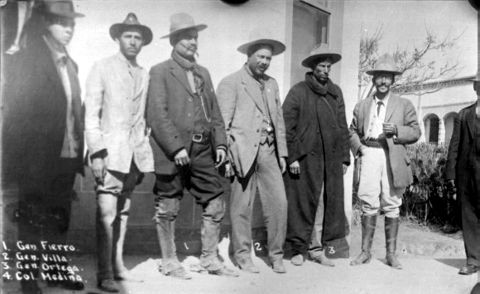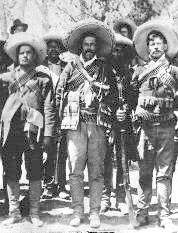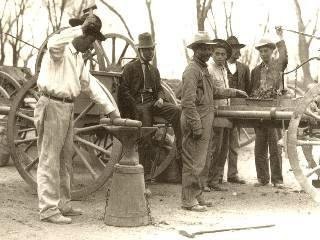VICTOR VERA, MAN OF METAL
By Frank Turley
I introduced myself to the foreman of the wood shop, and he in turn, introduced me to the blacksmith, Victor Vera. At the time, Victor looked to be in his 70’s. He was about 5′ 8″ in height, and of a blocky stature. He was working four hours a day, making furniture hinges and latches, fireplace accessories, and an occasional window grille.
The smithy was an eye-opener for me. The shop was “perfect”. My untrained eye took in such “foreign things” as cone-mandrel, swage block, and cracker box welder. I knew then, that I was to have a shop someday. After a couple of visits, I asked Victor if I could come in and help him occasionally, no money to change hands. He acquiesced, and so began an amicable relationship which lasted about 10 months.
In visiting with the woodworkers, they accepted Victor, referring to him as a “primo” (cousin), because he was from Old Mexico originally, San Luis Potosi, over 700 miles below the border. Initially, they warned me that he would not share very much metalworking information with me, that he was somewhat close-mouthed. They also warned me that he would give me some bull about being Pancho Villa’s gunsmith.
One day, after about three months of our acquaintance, Victor told me about Francisco “Pancho” Villa. Following the Mexican presidential elections of 1910, Revolution broke out. The country was in extreme disorder for several years. There were a number of roving bands of guerrillas, one of them led by the rebel chieftain, Villa. Formerly allied with Venustiano Carranza’s army, Villa eventually broke with him. Great portions of Mexico were in an anarchistic state.

Francisco “Pancho” Villa with his generals, Fierro, Ortega and Col. Medina.
The Robert Runyon Photograph Collection, [image number, 00198], courtesy of The Center for American History, The University of Texas at Austin.

Pancho Villa riding up on horseback and with friends. Perhaps this is what Victor faced.
Source not given, Anonymous web page.

Left, Mexican Army Blacksmiths courtesy Gill Fahrenwald, Click for detail.

“Well, of course I do! I learned to speak English from my fellow workers at the steel mill, and they were all from Poland, Hungary, Croatia, and places like that!”.
I’m not sure when Victor Vera moved to Santa Fe, New Mexico, but I think he and his wife came to be near their son. I had spent about 10 months with Victor, when his wife took ill. She was originally from San Antonio, Texas, and desired to return home. So Victor took his wife to her home place, and there, I suppose he stayed. We did not stay in touch.
As an aside, I might mention that Victor was also a silversmith. He said that while still in San Luis Potosi, he made silver ornaments for the “charros”, gentlemen of wealth on horseback who practiced riding and roping for enjoyment. He made his own “charro trousers”, each leg decorated with a vertical line of wolf head buttons of silver. Victor was also a violinist, a regular “renaissance man”.
Marc Simmons and I co-authored a book, Southwestern Colonial Ironwork, which was published in 1980 and is now in reprint by Sunstone Press (2007). We dedicated the book thusly:
FOR VICTOR VERA
Master Blacksmith, Silversmith, Musician, Machinist, Plumber, Boilermaker, Welder, and Gunsmith for Pancho Villa.
Frank Turley
“En la casa de herrero, cuchara de palo”.
“In the house of the blacksmith (hangs) a wooden spoon”.
(The shoemaker’s children go without shoes.)
